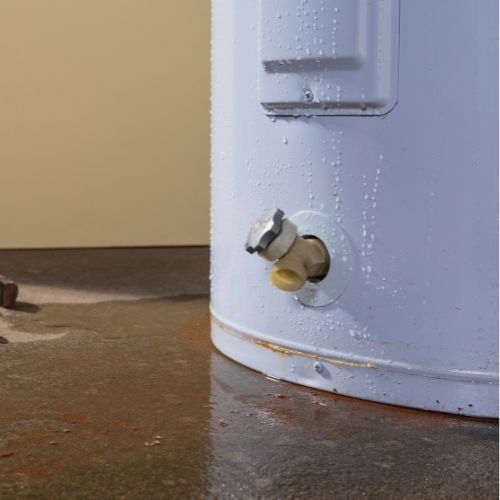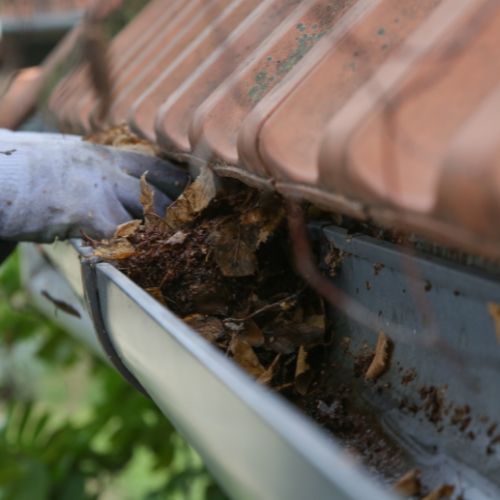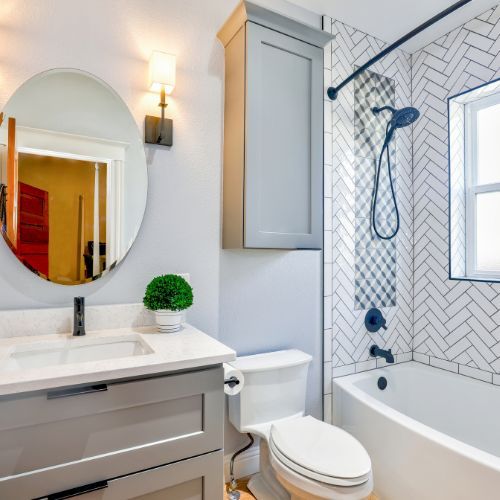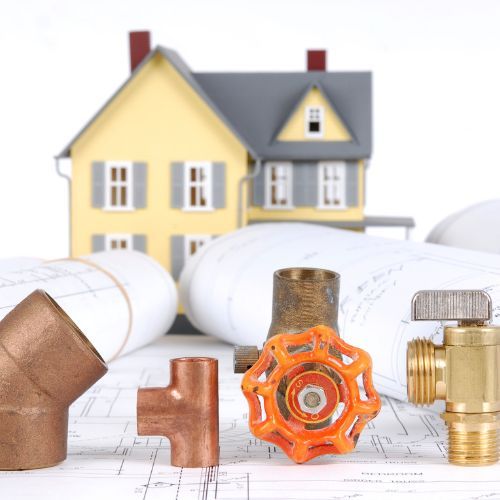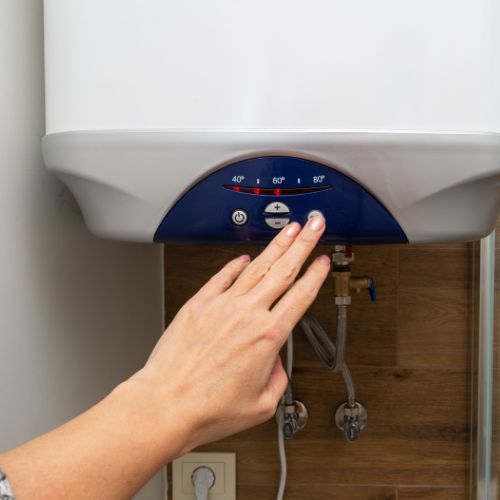How to Detect and Fix Slab Leaks

Table of Contents
ToggleTL;DR: Slab leaks under your home’s foundation in California can lead to severe damage if not caught early. Elevated Comfort Plumbing explains the causes, signs (like water pooling, high bills, or mold), and detection methods (such as meter tests and thermal imaging). Prompt action, including professional inspections and repairs, is crucial to prevent structural issues and costly repairs. Contact Elevated Comfort Plumbing for expert plumbing services to safeguard your home from the risks of slab leaks.
Slab leaks are a serious concern for homeowners, as they can lead to extensive water damage, structural issues, and costly repairs if not addressed promptly. In California, where soil conditions and aging infrastructure can exacerbate the risk of slab leaks, it’s essential to know how to detect and fix these problems early. Elevated Comfort Plumbing, a trusted plumbing service provider, is here to help you understand slab leaks, their causes, signs, and detection methods. This knowledge can help you protect your home and avoid expensive repairs.
Understanding Slab Leaks
A slab leak occurs when the water pipes located beneath the concrete foundation of your home develop a leak. These leaks can occur in both hot and cold water lines and often go unnoticed until significant damage has occurred. Slab leaks are particularly problematic because they can undermine the integrity of your home’s foundation, leading to structural damage and mold growth.
There are two main types of slab leaks:
- Water Supply Line Leaks: These leaks occur in the pressurized water supply lines that bring water into your home. They can cause significant water damage if not detected early.
- Drain Line Leaks: These leaks happen in the drain lines that carry wastewater away from your home. While they may not cause immediate flooding, they can lead to soil erosion and foundation issues over time.
Common Causes of Slab Leaks
Several factors can contribute to the development of slab leaks, including:
- Soil Movement: California’s seismic activity can cause the ground to shift, putting pressure on the pipes and causing them to crack or break.
- Aging Pipes: Over time, pipes can corrode or deteriorate, especially if they are made of materials like galvanized steel or copper, which are prone to corrosion.
- Poor Installation: If the pipes were not installed correctly during construction, they might be more susceptible to leaks.
- Abrasion: Pipes that are in constant contact with concrete, gravel, or other hard materials can wear down over time, leading to leaks.
- High Water Pressure: Excessive water pressure can put a strain on pipes, causing them to burst or develop leaks.
Understanding these causes can help you take preventive measures to protect your home from slab leaks.
Signs of a Slab Leak
Detecting a slab leak early is crucial to minimizing damage and repair costs. Here are some common signs that you might have a slab leak:
- Unexplained Increase in Water Bills: A sudden spike in your water bill without a corresponding increase in usage can indicate a hidden leak.
- Water Pooling: Unexplained water pooling around the foundation of your home or in the yard can be a sign of a slab leak.
- Damp or Warm Spots: Damp or warm spots on your floor, particularly in areas that should be dry, can indicate a leak beneath the slab.
- Mold or Mildew: The presence of mold or mildew, especially in areas without obvious water sources, can be a sign of a hidden leak.
- Sound of Running Water: If you hear the sound of running water when all fixtures are turned off, it could indicate a leak in the pipes beneath the slab.
- Cracks in Walls or Floors: Cracks in your walls or floors can indicate foundation movement caused by a slab leak.
Steps to Detect a Slab Leak
Detecting a slab leak can be challenging, but following these steps can help you identify the problem:
- Monitor Your Water Bill: Keep an eye on your water bill for any unexplained increases.
- Check for Water Pooling: Inspect the perimeter of your home for any signs of water pooling or dampness.
- Perform a Meter Test: Turn off all water fixtures and check your water meter. If the meter continues to run, you may have a hidden leak.
- Use Thermal Imaging: Thermal imaging cameras can detect temperature differences in your flooring, indicating the presence of a leak.
- Listen for Running Water: Pay attention to any sounds of running water when all fixtures are turned off.
- Professional Inspection: If you suspect a slab leak, contact a professional plumbing service like Elevated Comfort Plumbing to perform a thorough inspection using advanced leak detection equipment.
Final Thoughts
Slab leaks are a serious issue that can cause significant damage to your home if not detected and addressed promptly. Understanding the causes, signs, and detection methods can help you protect your property and avoid costly repairs. In California, where slab leaks are a common concern, Elevated Comfort Plumbing offers expert plumbing services to help you detect and fix slab leaks efficiently.
If you suspect a slab leak or want to take preventive measures, contact Elevated Comfort Plumbing today. Our experienced technicians are equipped with the latest tools and technology to identify and repair slab leaks, ensuring your home remains safe and sound. Don’t wait for a small leak to become a big problem—reach out to Elevated Comfort Plumbing and safeguard your home from the risks of slab leaks.
